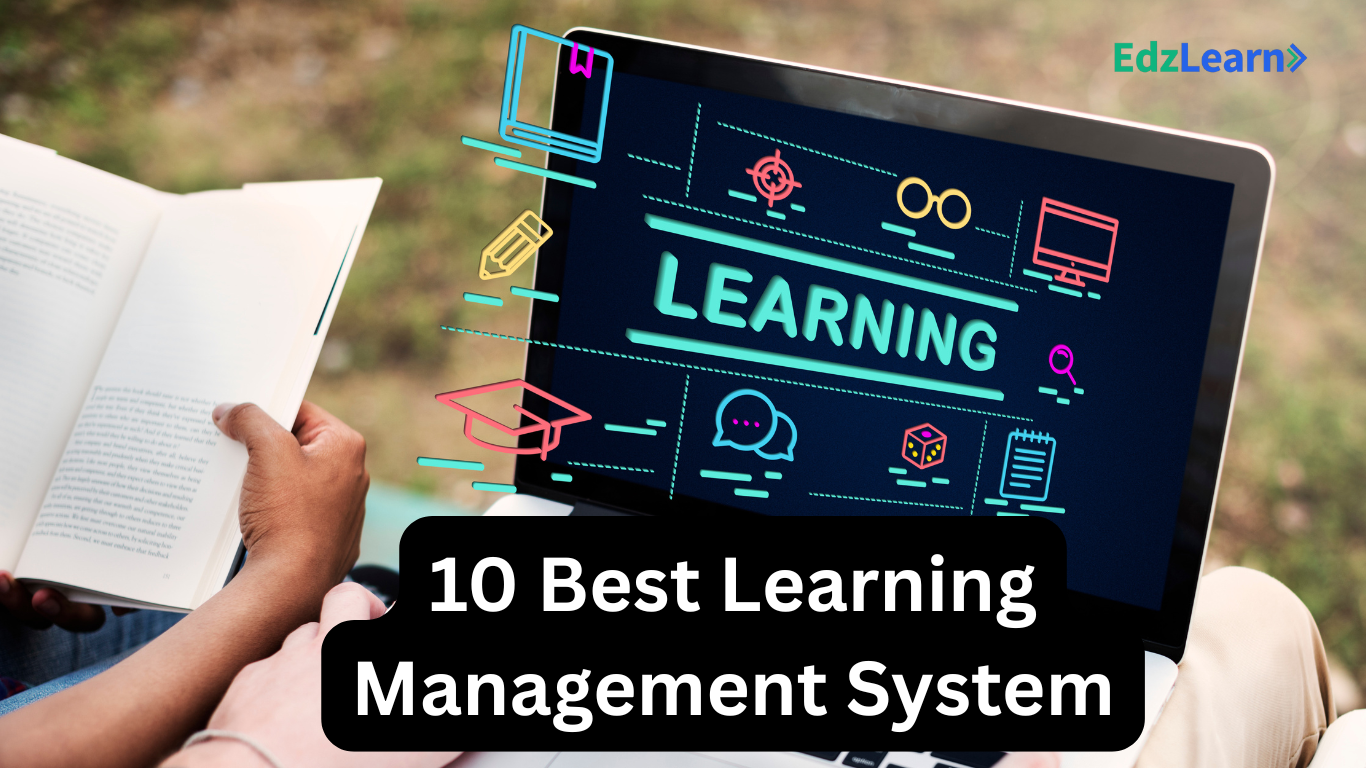In an era where “one-size-fits-all” training no longer cuts it, personalized learning powered by AI is transforming the world of online education. From corporate L&D to university curricula, healthcare certification to vocational courses, e‑learning platforms are leveraging artificial intelligence to tailor learning experiences like never before.
This blog dives deep into how AI is reshaping personalized learning, cutting-edge real-world examples, use cases across industries, and what the future holds.
1. What Is Personalized Learning—and Why It Matters
Personalized learning refers to educational approaches that adapt content, pacing, and learning style to fit each individual's needs and preferences. It’s not just about recommending a different topic—it’s a holistic, data-driven model that shapes the full learning journey around each user.
Contrasting Models
- Traditional linear models present the same modules in the same order to everyone.
- Personalized adaptive models use continuous feedback loops to serve learners exactly what they need next.
Why It Makes Business Sense:
- Higher engagement: Learners stay engaged when content resonates with their interests and pace.
- Increased completion rates: Adaptive learning combats drop-off by reducing overload or boredom.
- Better ROI on training: Companies that invest in personalization often see measurable improvements in employee performance.
2. The Role of AI in Powering Personalized Learning
A) Data Collection & Learner Profiling
AI analyzes learner behavior—clicks, quiz performance, time spent, completed modules, even forum interactions—to build dynamic profiles.
B) Adaptive Content Delivery
Algorithms adjust difficulty, format, or relevant resources based on ongoing performance. If a learner struggles with algebra, the system surfaces easier scaffolded content and remediation modules.
C) Real-Time Feedback
AI-driven tools provide immediate guidance on quizzes, assignments, and projects. This feedback is granular, explaining not just "you got this wrong," but "you misunderstood concept X—here’s a resource."
D) Smart Recommendation Engines
Much like Netflix or Spotify suggests next likely binge, e‑learning platforms suggest learning modules or courses based on user performance, job role, certification path, or skill gaps.
E) Predictive and Prescriptive Analytics
AI doesn’t just predict outcomes (e.g., risk of dropout)—it can suggest proactive interventions like sending a nudge or recommending a peer mentor based on user engagement patterns.
F) NLP-Powered Tools & Chatbots
Natural language processing enables intelligent tutoring systems, chatbots, and voice-activated assistants that can clarify content, help with navigation, and even gamify learning using conversation.
3. Real-Life Use Cases & Case Studies
Let’s explore real-world examples where AI makes a difference:
A) Corporate Learning – GE’s BrilliantLearning Platform
General Electric uses AI-enhanced platforms for continuous skill development across its global teams. Learning modules adapt automatically based on job role, prior training, and project needs. Adaptive quizzes ensure mastery, while predictive analytics help L&D identify skill bottlenecks before projects go off track.
B) Higher Education – Georgia Tech "Jill Watson"
At Georgia Tech, Dr. Ashok Goel introduced "Jill Watson," an AI teaching assistant built on IBM Watson, to support learners in online discussions. Students reported high satisfaction rates, and repeated questions were handled immediately—minutes, not days.
C) Language Learning – Duolingo’s AI Tutors
Duolingo constantly adjusts content using AI—if a user keeps answering certain grammar questions wrong, the micro-lessons adapt. Their AI-guided bot even converses with learners in different dialects to simulate real-life language use.
D) Healthcare Training – Osmosis.com
Healthcare professionals use platforms like Osmosis that use AI to personalize core learning—students prepping for licensing exams get adaptive flashcards, success metrics, and suggested revision topics tailored to their performance trends.
E) Compliance Training – Thomson Reuters
Global enterprises use AI-enhanced LMS platforms to update compliance content based on location, role, and user history—ensuring relevant, timely and mandatory staff training with reminders and re-certification campaigns triggered automatically.
4. Industry-Specific Applications
A) Workplace L&D & Upskilling
- Banking & Finance: Tailored learning paths for anti-money laundering, credit analysis, and soft skills—delivered based on role and experience level.
- Retail: Ask AI for product knowledge or upselling tactics training based on recent sales metrics.
- Sales Teams: Adaptive CRM training modules adjust to learning pace with embedded interactive reps and chatbots that simulate customer scenarios.
B) Higher Education & K–12
- STEM tutoring platforms personalize math help based on error patterns, offering visualizations and scaffolding.
- Plagiarism-check integrated assessments provide both feedback and recommended content to reduce mistakes.
C) Skills Training & Vocational Education
- Coding bootcamps like Codecademy adapt difficulty as users code in real time—AI coaches flag buggy code patterns and hint at solutions.
- Trade certifications use adaptive knowledge banks: a plumbing trainee struggling with hydraulic pressures gets suggested to revisit fluid mechanics.
D) Language Learning
- Pronunciation training platforms adapt to accent (e.g., Spanish learner’s sibilant consonants) via pitch and formant analysis.
- Exam prep platforms help law students build adaptive flashcard decks and timed practice tests based on learning patterns.
5. Building an AI-Powered Personalized E-Learning Platform
Step A: Define Learning Goals
Articulate outcomes (e.g., regulatory certification, code proficiency, academic success metrics).
Step B: Design Knowledge Architecture
Segment content into micro-modules tagged by concept, difficulty, role, format, and prerequisite relationships.
Step C: Implement AI Infrastructure
- A/B testing of different difficulty levels
- Real-time logging of learner behavior via API
- Scoring engine that flags risky paths (e.g., two quiz failures)
Step D: Create Personalization Logic
Dynamic decision engine that uses thresholds (e.g., 80% threshold moves up; below 50% triggers remediation) to select next modules and resource material.
Step E: Testing & Feedback
Pilot with a cohort—measure engagement, completion times, performance improvement versus static learning.
Step F: Iterate & Scale
Continuously refine based on analytics—e.g., if a remediation video isn't boosting scores, swap it out or rework its intro.
6. Key Challenges and How to Overcome Them
- Data Privacy & Security
- Only collect essential data
- Anonymize where possible
- Comply with GDPR, HIPAA, etc.
- Bias & Fairness
- Diverse training datasets
- Human oversight on recommendations
- Regular auditing for demographic impact
- Transparency & Trust
- Use explainable AI (XAI)
- Provide dashboards that show “Why this next course?”
- Integration Limitations
- Modular design: Integrate AI engine with existing LMS via APIs
- Use xAPI or SCORM for standard content
- Resource Requirements
- Leverage cloud-based AI APIs to avoid building ML infrastructure
- Join EdTech communities or partner with AI vendors
7. What’s Next? The Future of AI-Powered Personalized Learning
A) Voice-Enabled Adaptive Tutors
Learners ask module-specific questions and get immediate voice responses that adapt to their pace.
B) Emotion and Sentiment Analysis
AI gauges frustration or confusion via tone or keystroke behavior, then nudges the user to take breaks or reach out for help.
C) Augmented Reality (AR) + AI
In simulated labs, AR prompts change based on hands-on performance and gaze tracking.
D) AI-Driven Collaborative Learning
Intelligent grouping: Learners are paired based on complementary skills and learning patterns for peer-supported collaboration.
E) Predictive Certification Preparation
AI forecasts proficiency timelines so learners know when they’ll be ready to take certification exams—and why.
Conclusion
AI-powered personalized learning isn't a futuristic concept—it’s here and happening. For organizations, universities, and training providers, leveraging AI in e‑learning platforms means:
- Teaching smarter
- Engaging deeper
- Retaining longer
- Performing better
As data accumulates, models will only improve—further elevating the learner experience, innovating instruction, and driving outcomes.
If your organization wants to stand out in the digital learning space, built-in AI personalization is no longer optional—it’s essential.





